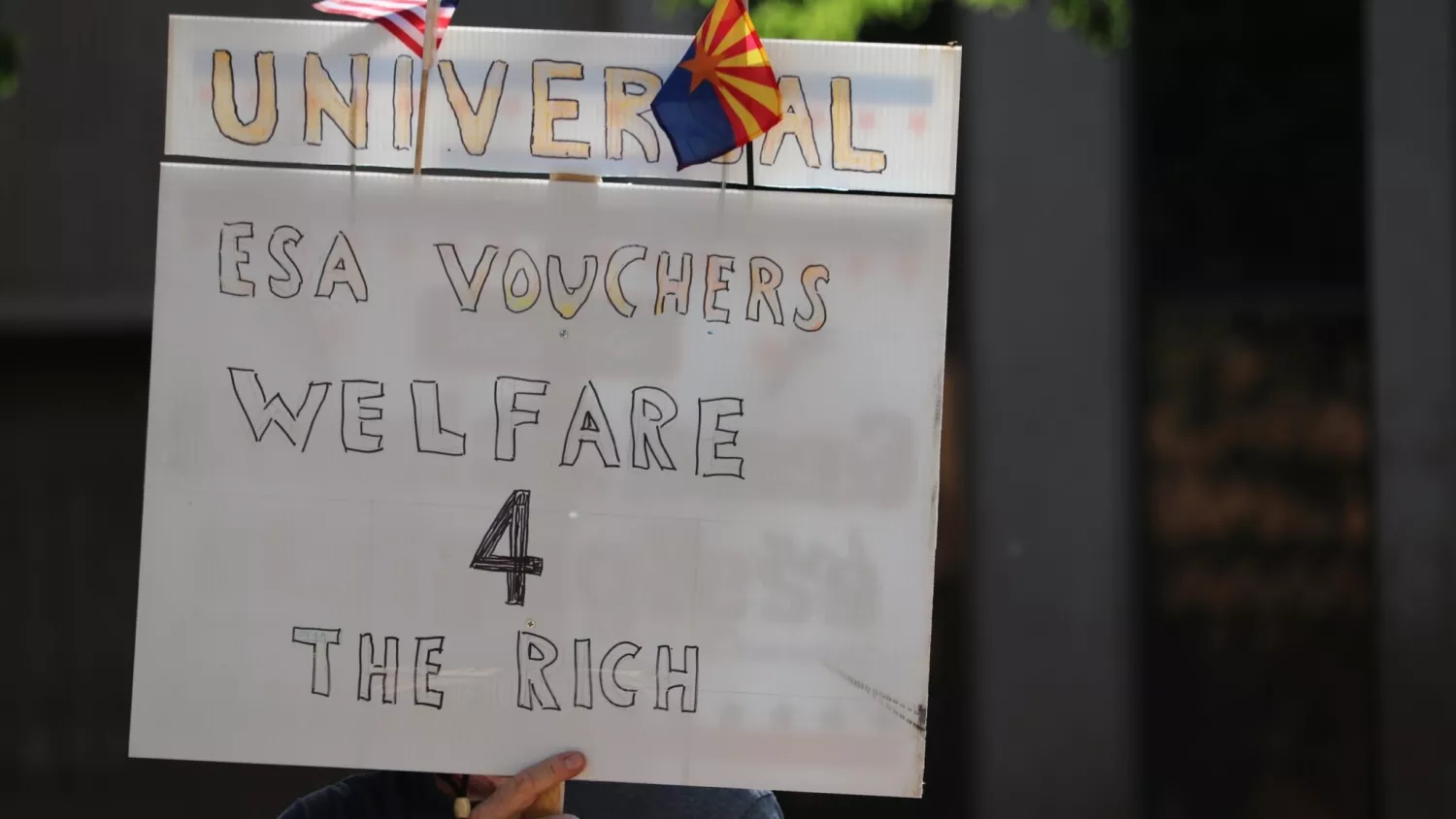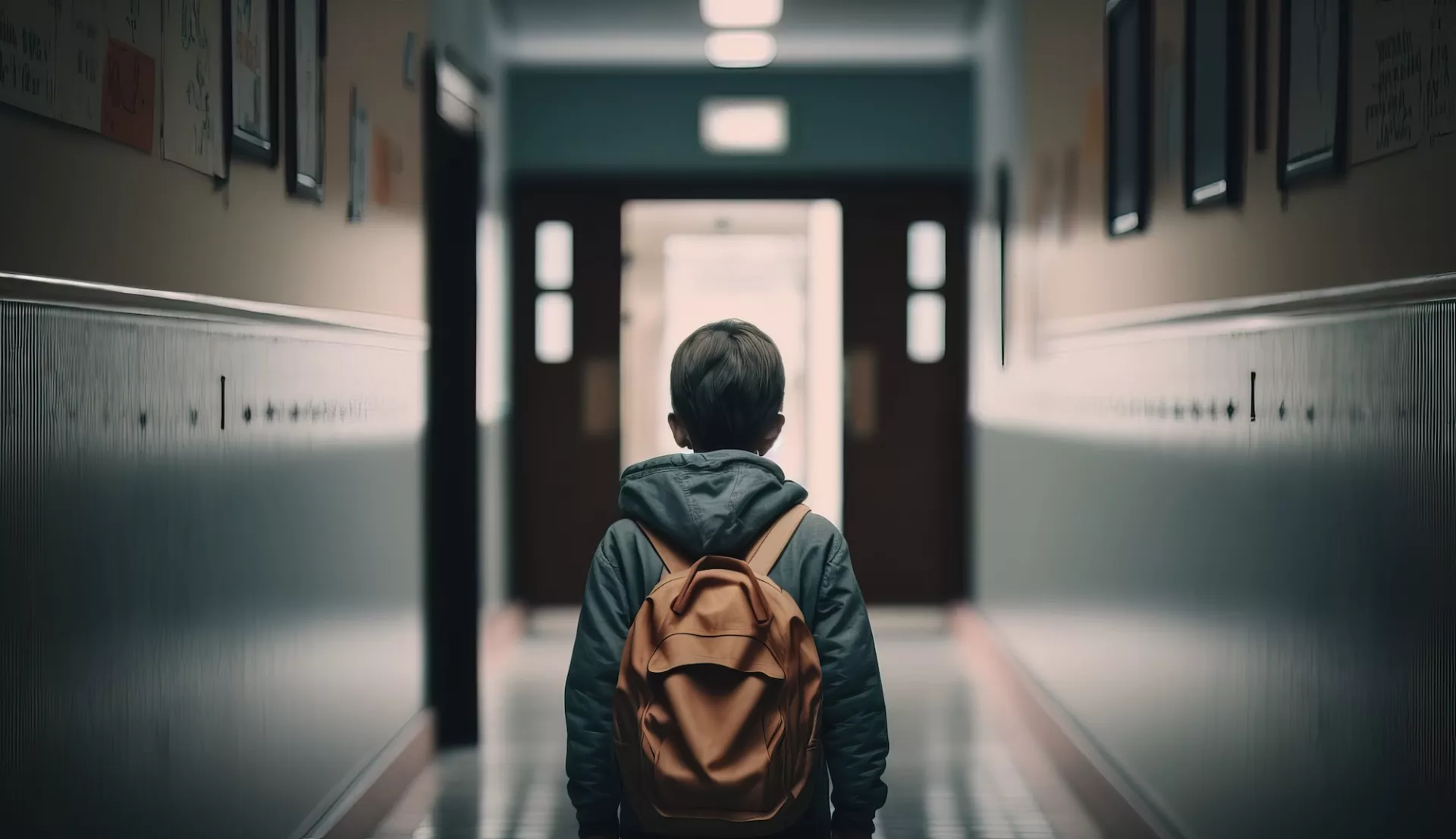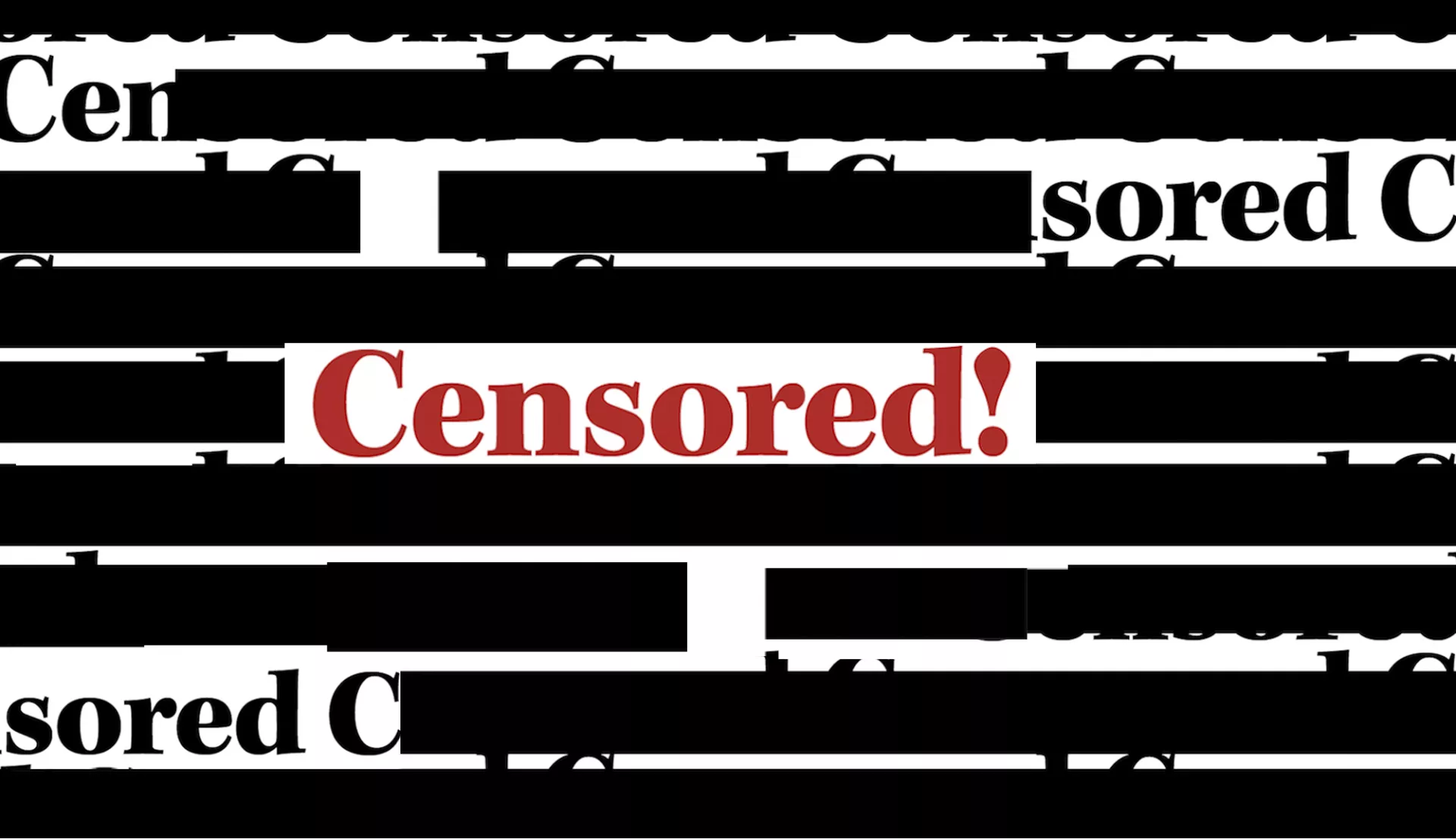Key Takeaways
- Project 2025 is a blueprint to radically reshape the federal government and push a wide range of far-right policies in a second Donald Trump presidency.
- The 900+ page proposal includes detailed plans to dismantle the federal role in public education and deny our most vulnerable students the resource they need to succeed.
- Project 2025 is also extremely unpopular with the American public, and their opposition grows the more they hear about it.
180,300
800,000
In a hyper-polarized political climate, it can be unusual to find something that most people agree on.
On the question of Project 2025, however, the American public is united: The 900+ page blueprint for another Trump presidency, produced by the Heritage Foundation, would be disastrous for the nation.
The authors of Project 2025 describe it as “the next conservative President’s last opportunity to save our republic.” In fact, Project 2025 is a sweeping, detailed and dangerous plan to dramatically expand presidential power, gut our system of checks and balances, and pave the way for an extremist right-wing policy agenda.
“It is a plan to return America to a dark past,” Vice-President Kamala Harris said in July. Donald Trump claims he “knows nothing” about Project 2025–even though many of his allies and former administration officials worked on it.
Poll after poll finds that, for most people, the more they learn about Project 2025, the more they dislike it.
A new poll by Navigator finds that 53 percent-including 37 percent of “non-MAGA” Republicans–oppose Project 2025, compared to only 12 percent supporting the plan.
What are on top of Americans’ minds when they hear of Project 2025? According to the Navigator poll, they think about the plan to fire thousands of civil service employees by executive order, to be replaced with MAGA foot soldiers loyal only to Donald Trump. They also think about an agenda that strips away health care coverage for pre-existing conditions, and slashes Medicare and Social Security.
But Project 2025 doesn't stop there. Public education isn’t spared. Project 2025 promises to dismantle the Department of Education, a vow Donald Trump has repeated over and over on the campaign trail (and has been championed by GOP presidential candidates before him.) Betsy DeVos, who has expressed interest in serving in a second Trump administration, called for abolishing the department she once led at a Moms for Liberty summit in July.
Project 2025’s overall goal is to strip the federal role in education down to “that of a statistics-gathering agency that disseminates information to the states.” (Even this role would be undermined by Project 2025’s plan to prohibit collection of demographic information needed to document inequities.)
Free of federal oversight, a second Trump administration would be able to turbocharge key tenets of the extremist anti-public education agenda that are already being implemented at the state level in many parts of the country.
Stripping Support for the Most Vulnerable Students
Since 1965, Title I has provided critical financial help to high-poverty schools and districts. Project 2025 plans to eliminate Title I funding entirely. In its place, states will receive no-strings-attached block grants with zero regulations or oversight.
Under this plan, already tight education budgets will be further strained, undermining the academic outcomes of 2.8 million of the nation’s most vulnerable students.
A recent analysis by the Center for American Progress found that removing Title I funding would also worsen existing teacher shortages by wiping out up to 6 percent the workforce, concentrated in low-income communities.
“Removing Title I funding would mean losing thousands of teachers and ultimately limiting children’s access to quality instruction,” said Will Ragland, vice president of research for Advocacy and Outreach at CAP. “It would be devastating to local schools, students, families, and communities.”
“If Project 2025 succeeds in gutting this funding, students are not going to get the support they need,” said Denise Specht, President of Education Minnesota. “And the staff delivering those services and support will lose their jobs. We need to be able to employ more staff, not take more staff away from our schools.”
Project 2025 also calls for the end of the Head Start program, which served 833,000 children in fiscal year 2022, and would end universal free school meals that provide food security to millions of children.
“Parent Rights” and Censorship as Federal Law
In 2023, members of Congress tried to pass a bill that would have accelerated censorship in schools and strip educator autonomy in curriculum decisions. The bill’s supporters called it a “parents bill of rights,” another example of the deceptive but familiar ploy of using popular, digestible labels to disguise unpopular and destructive schemes.
The bill failed, and the assault on the freedom to read, learn, and teach has largely occurred at the state level. But Project 2025 promises to try again, making the censorship of academic learning and book banning in schools a federal priority.
If adopted, according to PEN America, “Project 2025 would ramp up book banning, and impose a greater climate of censorship and self-censorship on schools and college campuses, and silence educators and students–all on a national level.”
Codifying Discrimination Against LGBTQ+ Students
As state anti-LGBTQ+ laws have multiplied, Project 2025 promotes discrimination against LGBTQ+ people in every arena on a national scale. It seeks to deny the existence of transgender people, undermine the rights of same-sex married couples and rescind federal civil rights protections wherever and whenever possible—including public schools.
“[Project 2025] would give Trump unprecedented powers to undo many of the protections the LGBTQ+ community have spent decades fighting to gain,” said Cathryn Oakley, Senior Director of Legal Policy at the Human Rights Campaign. “No part of our lives would be off limits–not the doctor’s office, our classrooms, our workplaces, or our families.”
The Biden administration’s Title IX revision, which went into effect in August 2024, prohibits discrimination on the basis of sexual orientation and gender identity. Under the changes, schools are prohibited from forcing transgender students to use bathrooms and locker rooms that do not align with their gender identity. In addition, schools would also have to refer to students by the pronouns they use.
Project 2025 promises to scrap these and other Title IX regulations saying, “The next Administration should abandon the change redefining ‘sex’ to mean ‘sexual orientation and gender identity’ in Title IX immediately across all departments.”
Project 2025 rails against what it calls “the propagation of transgender ideology,” equating it to "pornography." The plans says educators and public librarians who disseminate books and other materials that address transgender identities should be registered as sex offenders.
Private School Vouchers in Every State
In 2022-23 more states passed or expanded school voucher laws than any previous year. But the evidence is indisputable: vouchers are being used by families with children already in private school to subsidize their tuition, and their skyrocketing costs are diverting funding from public schools—to the detriment of the 90 percent of our students who attend public school.
Most school vouchers are in the form of Education Savings Accounts (ESA). Under an ESA, a portion of a state's per-pupil education funding is put into an account that parents can tap into to pay for approved education expenses, including private school tuition.
For Betsy DeVos, during the first Trump presidency, a federal school voucher bill was a top priority. But Congress rejected her proposals.

In calling for a federal voucher law, Project 2025 promises to “model” the ESA voucher program that took hold in Arizona. This would be catastrophic. Arizona’s is one the largest voucher programs in the nation and one of the most unaccountable. Far from serving lower income families, Arizona’s vouchers benefit predominantly private school families, siphon valuable funds from public schools, and have destabilized the state’s budget.
“The implications for students and public schools and the communities that rely on them are disastrous. And Arizona, unfortunately, is Exhibit A.” said Jessica Levin, litigation director at the Education Law Center.
Project 2025 would also weaken regulations against charter schools, which take away funding from traditional public schools, that often have little accountability to taxpayers or parents.
Attacking Educator Voice
Labeling the National Education Association (NEA) a “radical special interest group,” Project 2025 calls on Congress to revoke NEA’s congressional charter and threatens educators’ ability to come together and work in union to advocate for their students and their profession.
NEA is a powerful voice for public schools across the country, mobilizing its members for increased education funding, higher pay for educators, and against school privatization schemes. Project 2025 sees the collective voice of educators as a major obstacle to implementing their extremist agenda at the state and local level, which is why it seeks to bulldoze their collective bargaining power – indeed, dismantle all workers’ right to organize via unions–and the ability to advocate for themselves and their students.





